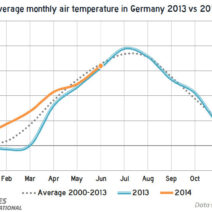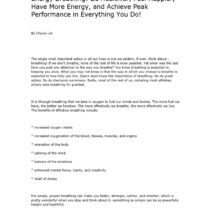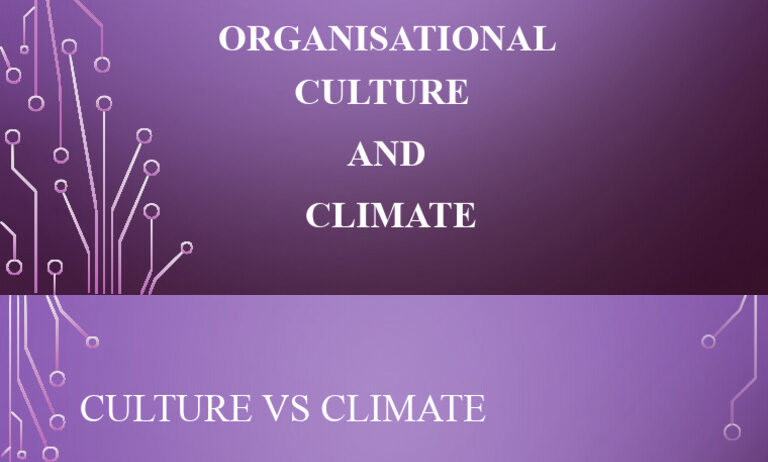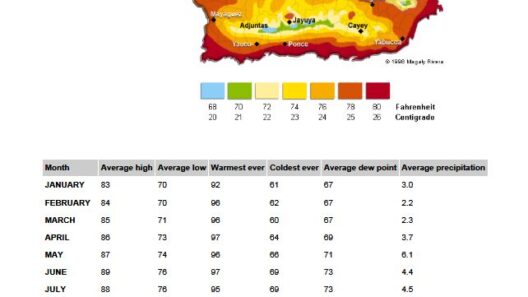Organizations today increasingly recognize that their cultures and climates significantly influence employee engagement, productivity, and overall success. Understanding how to measure these dynamics effectively can illuminate areas for improvement and foster a more vibrant workplace. With multiple approaches available, the challenge lies in selecting methods that not only yield actionable insights but also resonate with the unique ethos of each organization.
Effective measurement techniques can be categorized into qualitative and quantitative methods, each contributing valuable perspectives on the organizational landscape. This article explores these methodologies and their interplay, providing a comprehensive framework for assessing organizational culture and climate.
Defining Organizational Culture and Climate
To engage in meaningful measurement, it is essential to delineate the concepts of culture and climate as they pertain to organizational dynamics. Organizational culture refers to the deeply entrenched beliefs, values, and practices that shape a company’s identity. It encompasses the unwritten rules and traditions that govern behavior, impacting everything from decision-making to collaboration.
On the other hand, organizational climate is primarily concerned with the employees’ perceptions of their environment. This includes aspects such as levels of trust, communication efficacy, and policies pertaining to recognition and support. While culture evolves over time and is more static, climate can shift more rapidly in response to external pressures and internal initiatives.
By establishing a clear distinction, organizations can more effectively tailor their measurement strategies to address both the intrinsic character of their culture and the prevailing sentiments encapsulated within their climate.
Qualitative Methods: The Art of Understanding
Qualitative assessments delve into the intricate textures of culture and climate, providing nuanced insights often absent from numerical data. Techniques such as interviews, focus groups, and ethnographic studies can unveil the subtleties of employee experiences.
Conducting interviews allows for a rich exploration of personal narratives. Selecting a diverse group of employees across various levels and functions serves to unravel the multifaceted nature of organizational culture. By encouraging open dialogue, organizations can uncover hidden gems of knowledge about values and beliefs that may not surface in standard surveys.
Focus groups, meanwhile, facilitate collaborative exploration, encouraging participants to build off each other’s ideas. This interactive environment often elicits responses that highlight the emotional atmosphere of the organization, which typically lies beneath the surface of daily operations. The synergistic effect of multiple voices can elucidate common themes and divergent perspectives, enriching the overall understanding of the cultural fabric.
Moreover, ethnographic studies—where a researcher immerses themselves within the organization—offer an immersive approach to capturing cultural dynamics. Observations can reveal unspoken norms and practices that shape the environment, painting a vivid picture of organizational life. The anecdotal evidence gathered through such qualitative avenues can later inform actionable strategies aimed at enhancing both culture and climate.
Quantitative Methods: Numbers Tell a Story
While qualitative approaches provide depth, quantitative measures yield breadth, allowing organizations to analyze trends and correlations. Implementing surveys is a widespread quantitative technique that can gauge employee perceptions across various dimensions of culture and climate.
Standardized instruments, such as the Organizational Culture Inventory (OCI) or the Climate Assessment Tool, present structured frameworks for data collection. These tools often employ Likert scales, enabling participants to express their agreement levels with statements relevant to aspects like teamwork, innovation, and job satisfaction. By analyzing the aggregate data, organizations can identify areas of strength and pinpoint challenges needing attention.
Leveraging technology to deploy real-time surveys can add to the efficacy of this approach. Through pulse surveys or short questionnaires, organizations can regularly check the pulse of their climate, capturing shifts in employee sentiment that may correlate with specific initiatives or external developments.
Another valuable quantitative approach involves benchmarking against industry standards. By comparing organizational metrics with peers, leaders can gain insight into positioning and identify opportunities for improvement. This comparative analysis can instill a sense of urgency where needed and inspire innovation rooted in successful practices from other organizations.
Integrating Qualitative and Quantitative Insights: The Holistic Approach
The true power of measurement lies in the harmonious blend of qualitative and quantitative insights. Employing a mixed-methods approach can enhance organizational understanding, enabling teams to address findings holistically. For example, if survey data reveals low scores in a certain aspect of climate, qualitative follow-ups can provide context, elucidating the underlying reasons.
Moreover, coalescing these insights creates a compelling narrative that can serve as a catalyst for cultural transformation. Organizations can present a detailed picture of their current state, outline necessary changes, and embark on a strategic plan that resonates with employees’ emotions and aspirations. By fostering engagement and ensuring transparency, leadership can advocate for buy-in from team members, cultivating a shared vision for the organization’s future.
Future-Proofing Organizational Culture and Climate Assessment
Organizations must recognize that measuring culture and climate is not merely a one-time exercise but an ongoing commitment to fostering excellence. Establishing a recurring assessment schedule and maintaining open lines of communication with employees will ensure that the organization remains agile and responsive to its internal dynamics.
As industries evolve and workforce demographics shift, the onus is on organizations to adapt their measurement techniques to stay relevant. Embracing innovative methodologies, leveraging technology, and prioritizing employee feedback will provide a resilient framework for continuous improvement.
In conclusion, measuring organizational culture and climate effectively is essential for cultivating a thriving workplace. By employing a combination of qualitative and quantitative methods, organizations can not only quantify their culture and climate but also weave a narrative that enhances engagement, productivity, and overall organizational health. This dual focus invites organizations to foster environments where both culture and climate are nurtured, ensuring a sustainable oasis for talent and innovation. The implications of this initiative are profound, promising a workplace that is not just productive but also inspiring.








